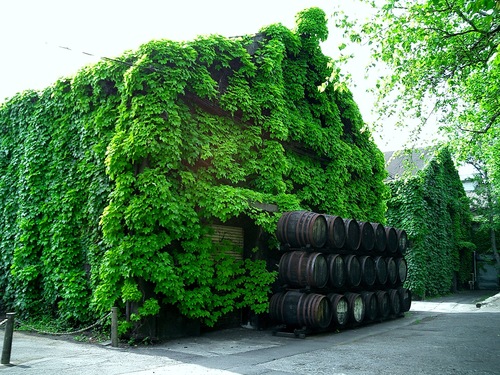
All figures taken from Whiskyauction.com
Bottling’s from any given decade chosen at random, though other bottling’s were viewed and the below trends seemed to hold true.
Bottling Auction Date Price in Euro’s
Karuizawa 1967 Cask 6426 09/2011 865
“ “ 01/2012 850
“ “ 04/2012 1205
” ” 11/2012 1330
Karuizawa 1968 Cask 6955 02/2011 510
” ” 11/2011 456
” ” 04/2012 652
” ” 11/2012 621
Karuizawa 1973 Cask 6249 03/2011 290
‘’ ‘’ 08/2011 276
‘’ ‘’ 01/2012 370
‘’ ‘’ 09/2012 365
Karuizawa 1976 Noh # 6719 02/2011 400
” ” 07/2011 393
‘’ ‘’ 12/2011 405
‘’ ‘’ 07/2012 426
Karuizawa 1977 Noh # 7026 02/2011 555
‘’ ‘’ 07/2011 500
‘’ ‘’ 01/2012 555
‘’ ‘’ 12/2012 535
Karuizawa 1982 Cask 2746 03/2011 241
‘’ ‘’ 12/2011 222
‘’ ‘’ 04/2012 236
‘’ ‘’ 12/2012 290
Karuizawa 1985 Cask 7017 03/2011 238
” ” 06/2012 203
” ” 07/2012 225
Karuizawa 1992 Cask 3434 03/2011 135
” ” 08/2011 134
” ” 05/2012 200
” ” 10/2012 174
Karuizawa 1994 Noh # 270 04/2011 145
‘’ ‘’ 11/2011 160
‘’ ‘’ 06/2012 160
‘’ ‘’ 12/2012 260
Karuizawa 1995 Noh # 5039 06/2011 261
‘’ ‘’ 09/2011 355
‘’ ‘’ 05/2012 268
‘’ ‘’ 07/2012 180
My conclusions:
Ok, so it’s early days for the Japanese whisky collectors market, but so far. Most bottling’s receive the greatest jump in price after the batch has sold out at retail and then the first time sold at auction, often doubling in price in a matter of months. If purchased in Japan where the retail price is considerably lower, it can be triple. That in general, Noh or other fancy labeled bottling’s jump the highest from retail price to auction price whether the liquid in the bottle is superior or not. That once the initial jump in price is made from retail to auction, that the price often remains relatively static, with some small/medium percentage gains from time to time depending on the bottling. Bottling’s such as the 1967 are the exception to this rather than the rule. That there are some that have dropped in auction price such as the 1995 listed, though these are also exceptions. Still, for those with patience relative ‘bargains’ can still be had. It would also seem that as the initial retail price of bottling’s from the ‘70s are now so high, there are relatively little if any gains when these are sold at auction, at least initially. Karuizawa is by far the most heavily listed Japanese whisky distillery on this auction site. Your best bet is to pull the trigger as soon as you see a new retail release. Bottling’s from the ‘80s and ‘90s would now seem the best bet for short term price gains if your into whisky investing, and although speculating about the future of whisky prices is purely speculative, you’d be hard pressed to bet against prices of these ultimately rising once all the Karuizawa casks have been bottled.

Interesting post, Brian. First I’ve seen on such a topic I believe. Good to address this subject – interesting read.
Thanks Clint. I had my own pre conceptions before doing a bit of deeper research and I have actually been following these auctions for the last few years. From memory the 2nd bottle of Karuizawa I bought from this site about 3-4 years ago. For whatever reason it seemed to me that every 6 months, remembering that some of these bottling’s have been out for 3-4 years, the auction price doubled. Doesn’t seem to be the case for the most part.
Brian